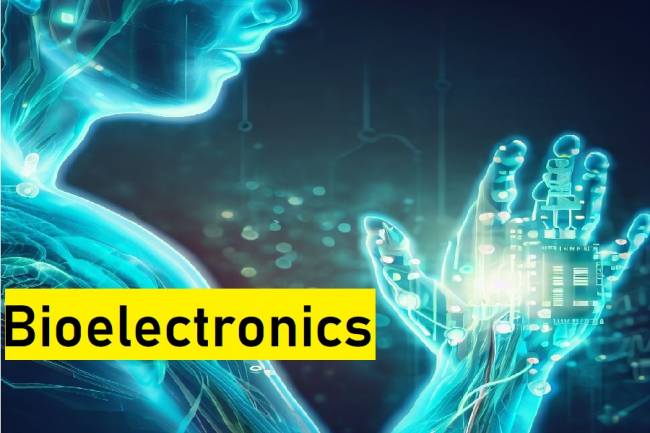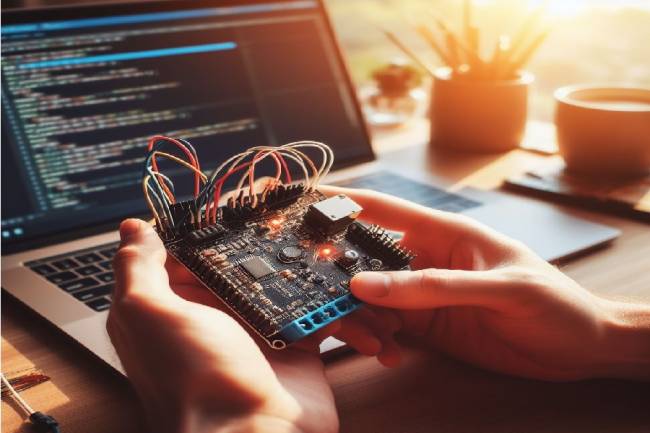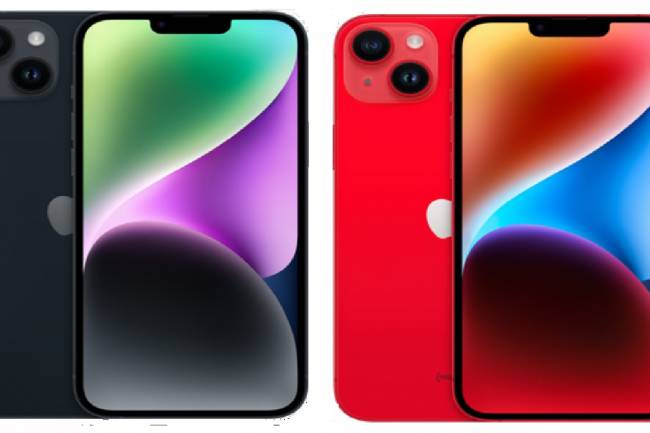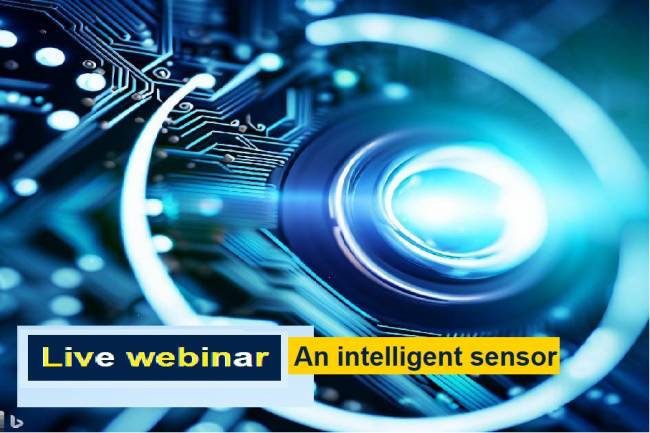
Brain-Computer Interface Technologies
BCI Advances and Future Perspectives
Brain-computer interface (BCI) refers to a field of technology that enables interaction between the human brain and computers. In recent years, significant advances have been made in BCI technologies, and the potential of these technologies has been demonstrated through experiments conducted on humans. In this article, the current status of BCI technologies, operating principles, application areas, ethical and security concerns and future perspectives will be examined.
Current Situation and Developments
In recent years, the work of leading companies such as Neuralink, Facebook Reality Labs, Kernel and Emotiv in the field of BCI is remarkable. In particular, successes such as mouse cursor control have been achieved on human subjects. These developments pave the way for practical applications of BCI technologies.
Basic Principles of BCI Technologies
BCI technologies are based on measuring and interpreting brain signals. Brain activity can be monitored using methods such as EEG, ECoG, fNIRS, and this activity can be interacted with computer interfaces.
Application Areas and Potential
BCI technologies offer potential in many areas such as treatment of neurological disorders, augmented reality and virtual reality applications, military and industrial uses, entertainment and gaming technologies.
Ethics and Security Concerns
The proliferation of BCI technologies is a serious concern for personal privacy and data security. Additionally, the security of brain implants and the risks of cyberattacks must also be considered.
Future Perspectives and Further Research
In the future, further research such as better understanding and manipulating the role of synapses may contribute to the further development of BCI technologies.
BCI technologies can make a significant contribution to the future of humanity, but ethical and security concerns should not be ignored. Future research will allow these technologies to be used more effectively and safely.






















